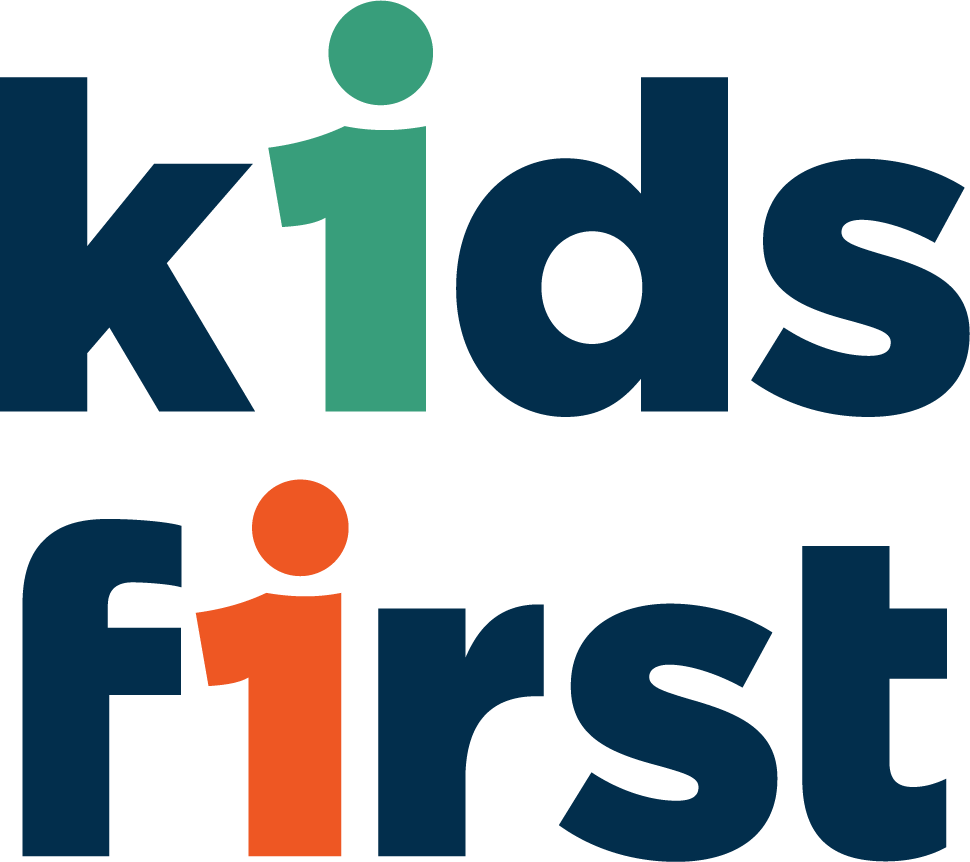Foster Care Crisis in Texas Improving
Foster Care Crisis in Texas Improving - Kids First, Inc. - Fort Worth, TX
Children were sleeping in state offices in record numbers when state legislators met in 2021 because there were not enough suitable foster care placements for them.After realizing the crisis, legislators set aside $124 million to help stabilize the foster care system and increase capacity for children. The state assigned community-based non-profit organizations to look after foster children, and they focused on getting the best possible use of that money.
An Improved Outlook
Texas and its children are in a better position now, more than a year later, and the number of children without suitable placements has dropped significantly.Additionally, networks of child-serving organizations are collaborating to keep siblings together, increase the number of children receiving foster care from members of their extended families, and find homes and treatment for those who have experienced unimaginable trauma.For children and families who need assistance, other community organizations are enhancing and expanding services, such as mental health and parenting support services.
It Can Get Even Better
This year, legislators in Austin have the chance to improve the support and services given to our state's most vulnerable children and youth by building on the work of the organizations and the state's previous investments.Texas needs to invest in foster care funding and implement a new approach to foster care in order to improve outcomes. This includes community-based care, prevention and family preservation services, and mental health services for youth and adolescents. The highest priority of child- and family-serving organizations is to provide a safe and supportive environment for each child, while providing a range of services to help them heal from past trauma.They are also giving kinship caregivers, who are aunts, uncles, and other extended family members who frequently care for children in their families who have been taken away from their birth parents, new levels of training and support.The family members caring for children with severe needs are the focus of these in-home trainings and therapies.Finally, organizations continue to advocate for the preservation of families both before and after children are placed in foster care.
Additional Resources Make a Difference
There are now resource centers in some communities where families in need of various kinds of assistance can go and be directed to all of the resources they need outside the Child Protective Services system.Post-adoption services concentrate on maintaining stable adoptive families so that adopted children do not re-enter the foster care system.For the development of child welfare services in Texas, this year may prove to be crucial. Those who are in charge of delivering those services on the ground are dedicated to cooperating with lawmakers and other partners to build on our momentum.
Do Your Part
To learn more about the Texas Foster Care crisis situation click here. To partner with Kids First to improve the lives of foster children in Fort Worth and Dallas, contact us today.


